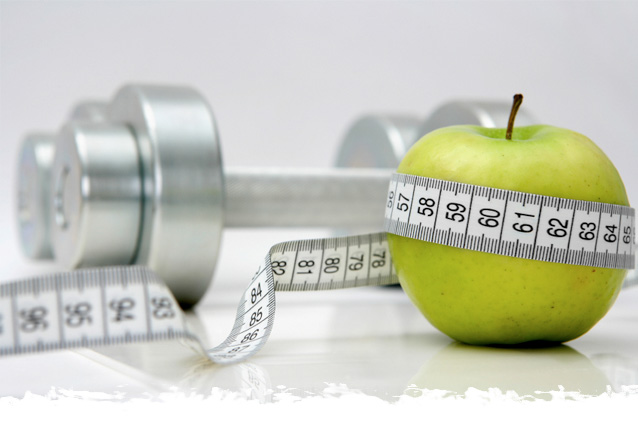 You’ve been dragging for weeks and the fatigue you feel hangs over you like a dark shadow, masking your true energetic nature. When walking up stairs you’re shocked at how your muscle strength has seemingly dwindled overnight, and you find yourself panting like an over-heated dog. Your heart beats heavy in your chest during the slightest of exertion and several friends have recently commented how pale you look. When scanning a health article in the daily paper, the word “anemia” pops out at you like a neon sign. A quick Google search provides the symptoms: fatigue, low energy, weakness, shortness of breath, light-headedness, palpations, pallor. It is an “ah-ha!” moment. Before becoming alarmed, it’s reassuring to know that anemia is fairly common, easily diagnosed, and generally responds well to treatment.
You’ve been dragging for weeks and the fatigue you feel hangs over you like a dark shadow, masking your true energetic nature. When walking up stairs you’re shocked at how your muscle strength has seemingly dwindled overnight, and you find yourself panting like an over-heated dog. Your heart beats heavy in your chest during the slightest of exertion and several friends have recently commented how pale you look. When scanning a health article in the daily paper, the word “anemia” pops out at you like a neon sign. A quick Google search provides the symptoms: fatigue, low energy, weakness, shortness of breath, light-headedness, palpations, pallor. It is an “ah-ha!” moment. Before becoming alarmed, it’s reassuring to know that anemia is fairly common, easily diagnosed, and generally responds well to treatment.
Anemia is a very common blood disorder that can strike both genders, but is more often diagnosed in women and teenage girls. It can be a temporary condition or it can be chronic, and it ranges in severity from mild to critical. Anemia can be easily diagnosed through a blood panel when the red blood cells (RBC) in the body are lower than the normal range. When there is a deficient number of RBC, tissues such as muscle and brain are not able to receive adequate amounts of oxygen which may leave the body feeling tired and weak.
How do we become anemic? Well, the most common cause of anemia is a lack of iron in the body. A lack of iron can come about from heavy periods, pregnancy, ulcers, chronic bleeding (ie. in Crohn’s disease and ulcerative colitis), and from colon cancer. Vegetarians or those eating low iron-rich diets often lack adequate iron stores. Iron can be accumulated from both heme sources (such as meat products) and from non-heme sources (such as grains, vegetables and nuts and seeds). Females, especially vegetarians and pregnant women, require higher levels of iron daily than men do.
So what are the symptoms of anemia? The main symptom you want to be aware of is fatigue – ask yourself if you’re tiring easier than you used to. Other signs are weakness, pale skin, shortness of breath (especially on exertion), dizziness, headaches, and numb, or cold extremities.
There is good news! Anemia is easy to diagnose and most forms are easily treatable. When you visit your naturopathic doctor with concerns regarding anemia, they will explore your medical history, complete a physical exam with you, and analyze a standard blood test which will include a complete blood count (CBC) and ferritin levels.
If you think you may suffer or are at risk for anemia, it’s important to get yourself checked as soon as possible. If left untreated, anemia can lead to arrhythmias – rapid or abnormal heart beats, nerve damage, and decreased mental functioning.
Although anemia can be a cause for concern, is it not to be feared. Our bodies generally produce symptoms, like anemia, to alert us that something is not right. When you go to see your naturopathic physician, and if they find you are anemic, your doctor will most likely put you on a daily iron supplement to re-establish your iron stores. It is often recommended to take vitamin C along with iron supplements or iron-rich foods since it is known to increase iron absorption in the gut.
Naturopathic physicians aim to treat the individual, so depending on what types of modalities fit well with you, recommendations for nutrition, herbs, homeopathy, or traditional Chinese medicine will be included in your treatment protocol. For example, botanical herbs like yellow dock, nettle leaf, and dandelion root can be made into a tea to support and rebalance an anemic state. Your naturopathic physician aims to work with you – educating you and treating your whole body in order to get you back on your feet again!




